Description
1. Botanical Information
-
Botanical Name: Piper betle
-
Common Names: Betel leaf, Paan, Tambul, Nagavalli
-
Family: Piperaceae
-
Type: Perennial evergreen climbing vine
2. Origin & Distribution
-
Native To: Southeast Asia and the Indian subcontinent
-
Distribution: Grown widely in India, Bangladesh, Sri Lanka, Myanmar, Thailand, and Indonesia
-
Cultural Significance: Extensively used in Indian traditions, rituals, and social customs like offering paan after meals
3. Physical Characteristics
-
Height & Spread: Climbs up to 10–15 feet with support
-
Leaves: Heart-shaped, glossy, bright green, with a distinct aroma and pungent taste
-
Stems: Slender, green to reddish, produces aerial roots for climbing
-
Flowers & Fruits: Small, white-green flowers appear in spikes; fruits are tiny and not significant in use
-
Growth Habit: Vigorous climber that requires trellis or support
4. Growing Conditions
-
Light: Prefers partial shade; direct harsh sunlight can scorch leaves
-
Soil: Rich, loamy, well-drained, with high organic matter
-
Watering: Requires consistently moist soil but not waterlogged
-
Temperature: Thrives in warm climates (20–35°C) with high humidity
-
Humidity: Loves humid environments; growth slows in dry conditions
5. Maintenance & Care
-
Pruning: Regular pruning helps maintain shape and encourages fresh foliage
-
Fertilization: Benefits from organic manure, compost, or diluted liquid fertilizers
-
Pests/Diseases: Occasionally affected by leaf spot, root rot, and mealybugs if overwatered or in poor soil
-
Propagation: Commonly propagated through stem cuttings planted in moist soil
6. Uses & Benefits
-
Culinary: Chewed as paan with areca nut and spices; also used in flavoring traditional sweets and beverages
-
Medicinal: Known in Ayurveda for aiding digestion, treating cough, cold, bad breath, and as a mild antiseptic
-
Religious Importance: Offered in Hindu rituals, pujas, and weddings as a symbol of prosperity and purity
-
Other Uses: Used as a natural mouth freshener and stimulant
7. Lifespan
-
Long-living perennial vine; with proper care, it can grow and produce leaves for several years.

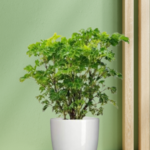
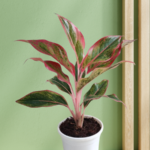
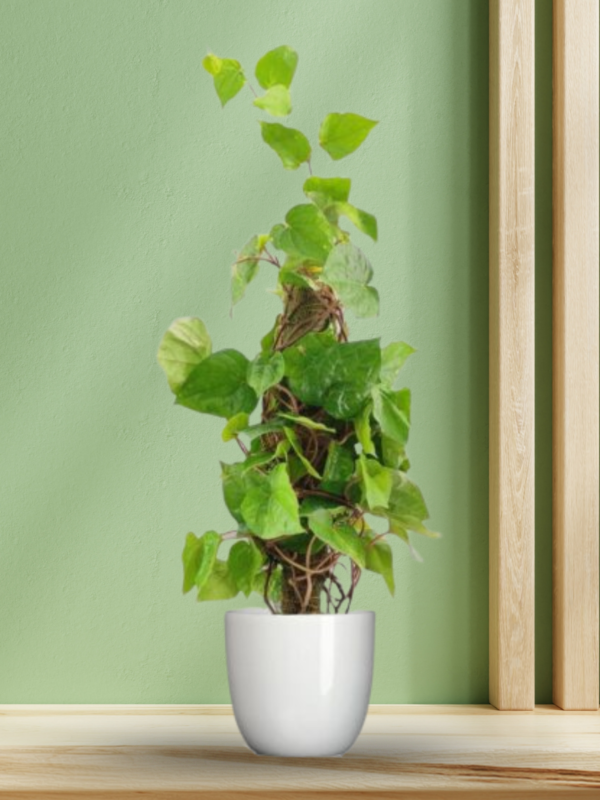
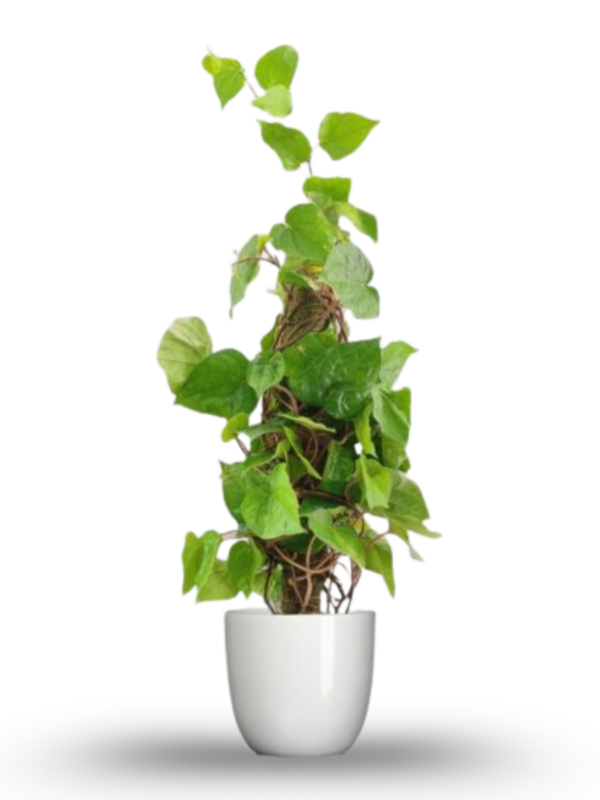
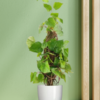
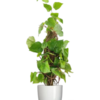
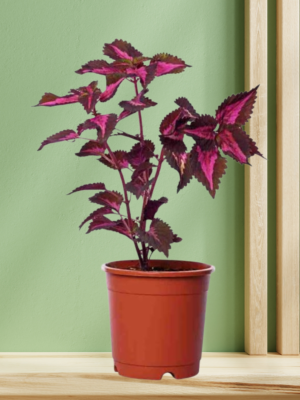
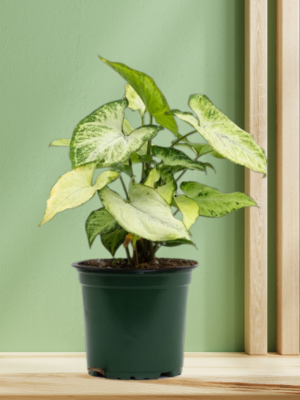
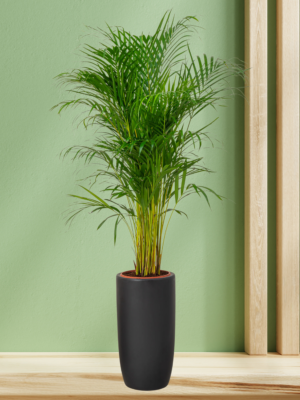
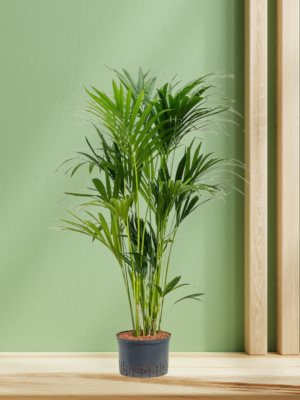
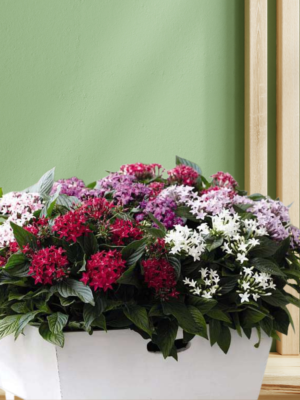 Pentas Plant
Pentas Plant 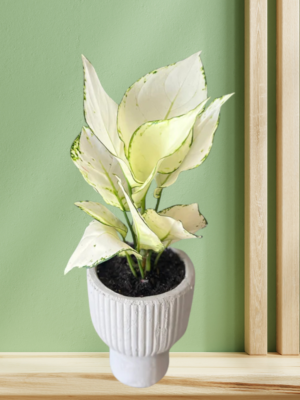 White Aglaonema
White Aglaonema 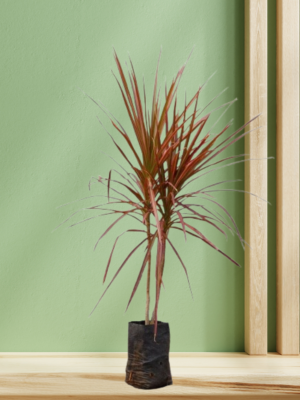 Dragon Dracaena
Dragon Dracaena 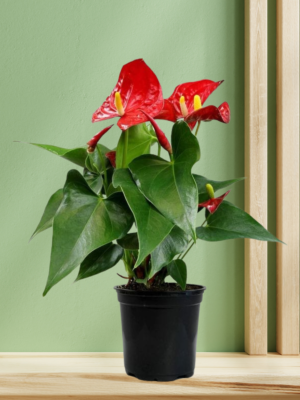 Anthurium
Anthurium
Reviews
There are no reviews yet.